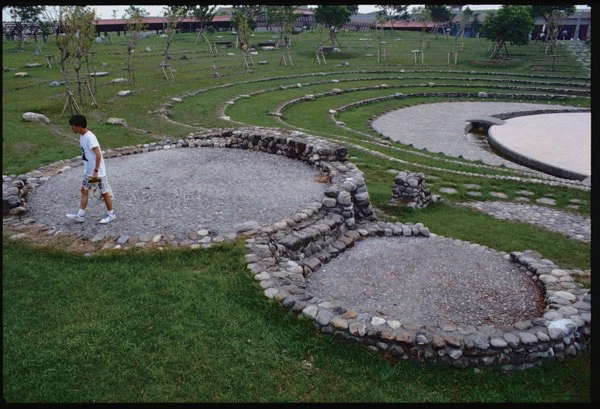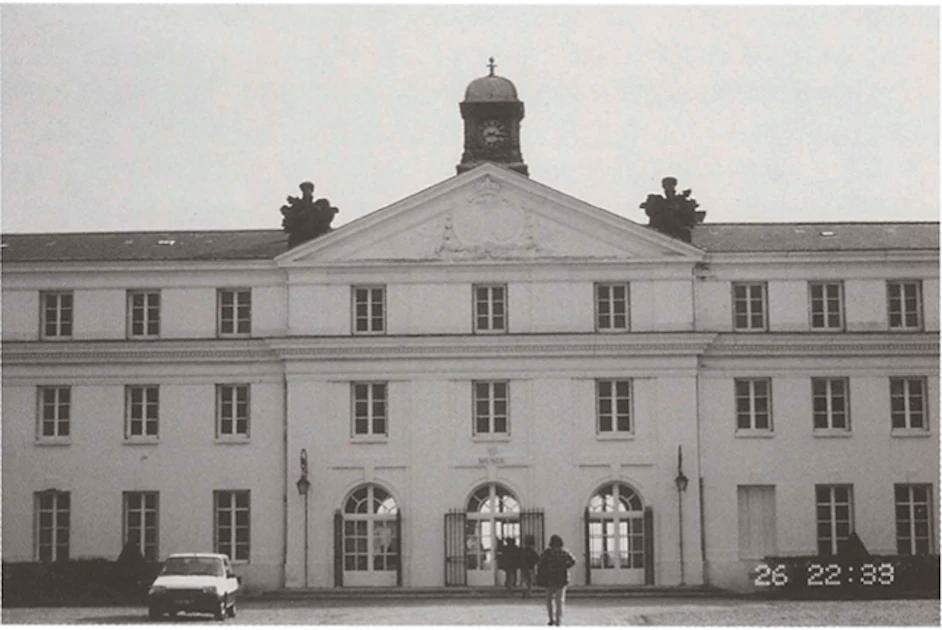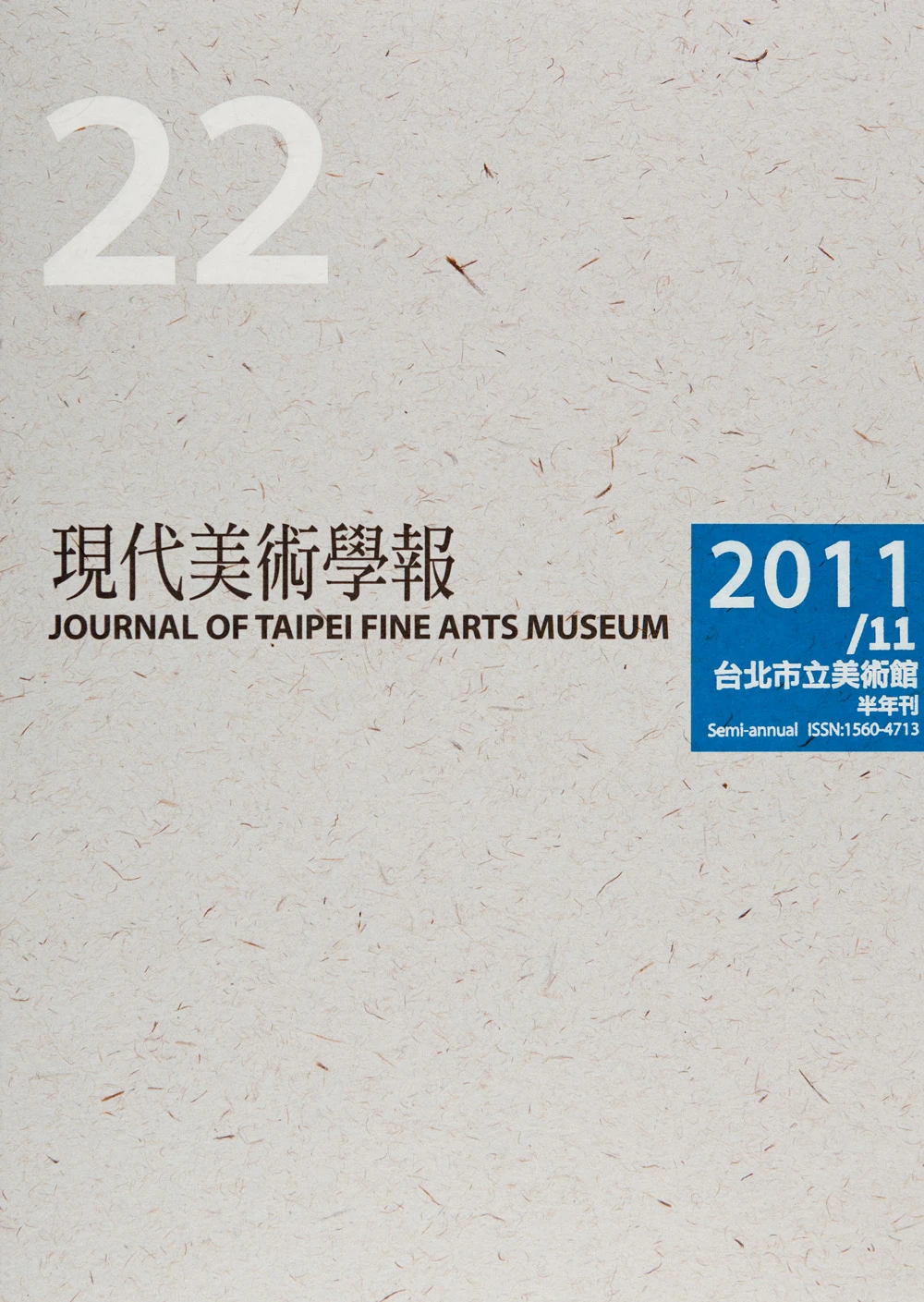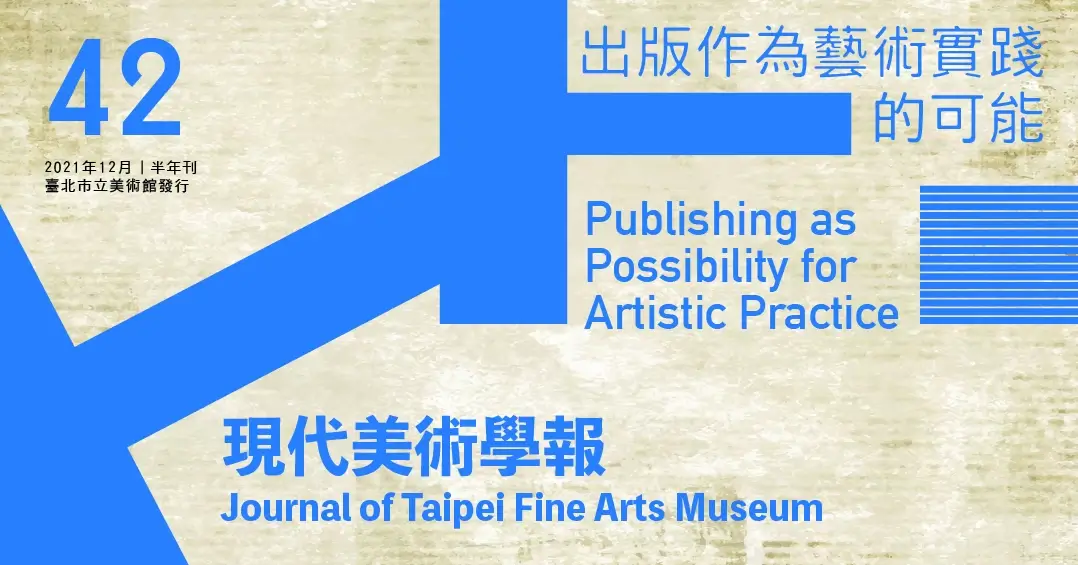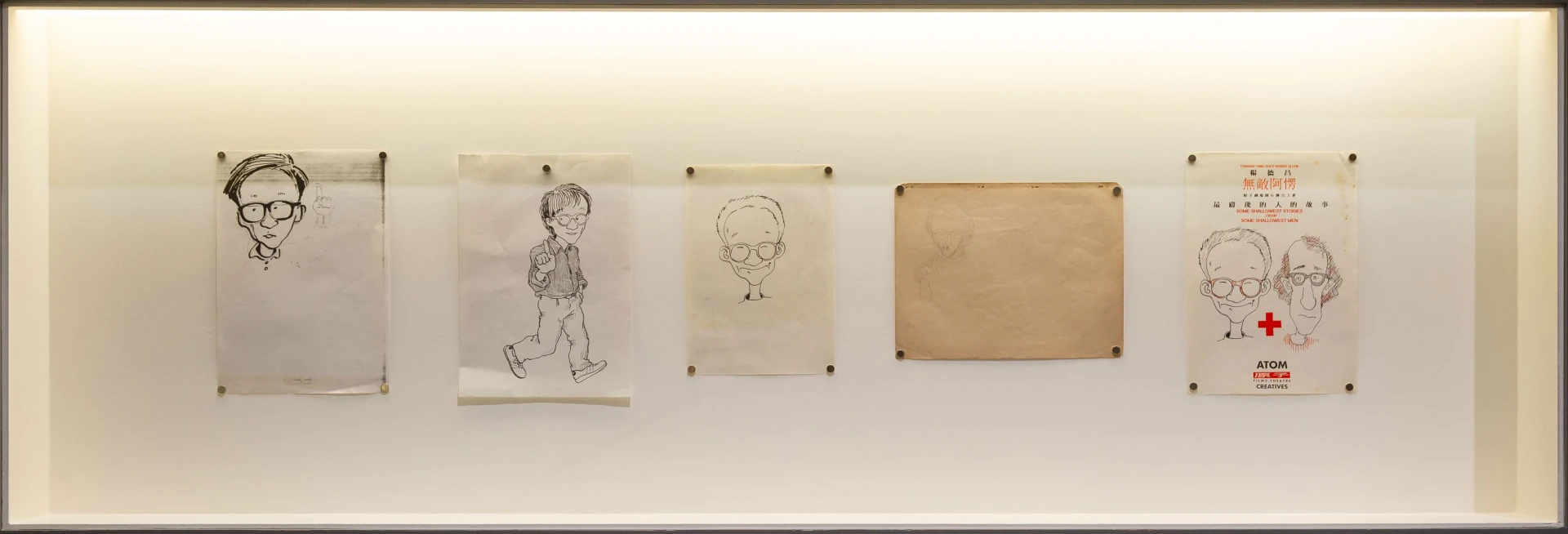摘要
1945 至 1949 年這段期間,李石樵創作了數件深具寓意的作品,其中尤以《市場口》(1946)、《建設》(1947)最具深刻之社會意涵。自《楊肇嘉家族》(1933)以來,李石樵的人物群像畫即著力於刻畫人際之間相互結合之關聯(如家庭血緣關係)與社會生活之情境(如《合唱》(1943)等)。二次大戰方休後的台灣,由於政治統治不當導致經濟秩序嚴重失衡、社會瀕於崩解,終而導致二二八事件的爆發:在此市民社會遭嚴重破壞的情境下,李石樵創作了《市場口》呈顯出當時社會的矛盾,並以《建設》一作表現籲求「建設」共同體以調解社會矛盾之意識型態。本文即以此二件作品為研究主題,並兼論自日治時期以來,李石樵於這段時期前後(約 1933 至 1949 年)創作之人物群像畫,以探求其個人思考與藝術表現的一貫脈絡。
關鍵詞
李石樵,群像畫,二二八事件,共同體,市民社會,台灣美術
Abstract
Between 1945-49, Shi-Chau Lee produced some of his most significant paintings, especially like "The Market" (1946) and "Construction" (1947). Both contain multiple social meanings. But we can also trace back to his earlier works, such as "The Yang’s Family" (1933) in which he expresses his ideas about the kinship or the sense of community, and "The Chorus" (1943) which is a mirror of the condition of social life under the Japanese Occupation. After the end of the World War II, the government in Taiwan was incapable to coordinate the economics and thus caused the serious inflation. In response to this situation, Lee points out the conflicts existing in the society by his "The Market". Then, he created monumental "Construction" which expresses his ideology as for the necessity of constructing the political community in order to ensure social stability. We will center our thesis upon these two paintings and try to show the coherence between the individual political conviction of Lee and his works. We will also examine the social conditions before the 228 Incident to see how the civil society was ruined under the political apparatus. In this crucial historical moment, as an artist, Lee still tried to transmit his conviction by the art works. Through the example, we also attempt to clarify the dialectical relationship between artistic choice of expression and socio-political background.
Keywords
Shi-Chau Lee, portraiture, 228 Incident, community, civil society, the art of Taiwan

